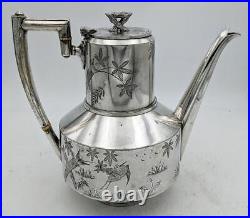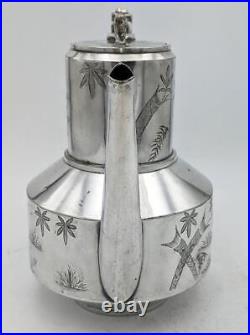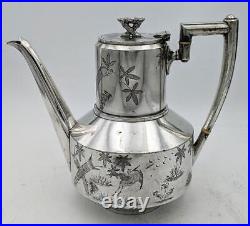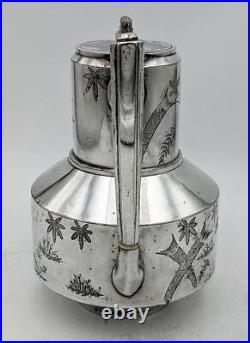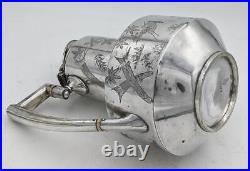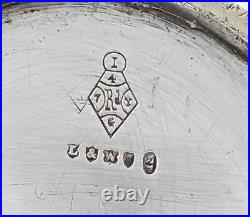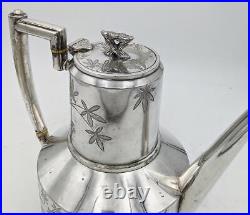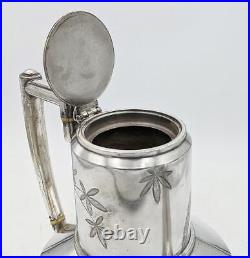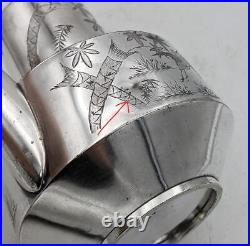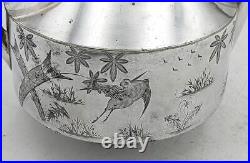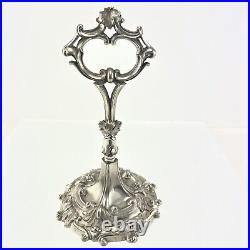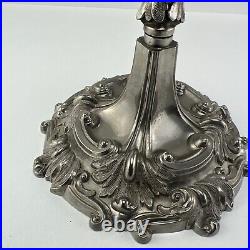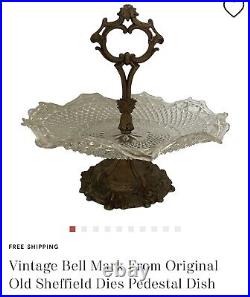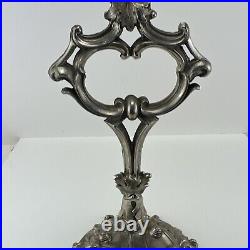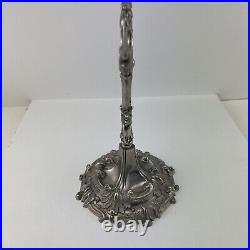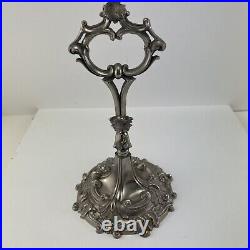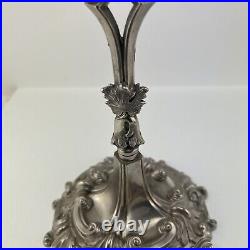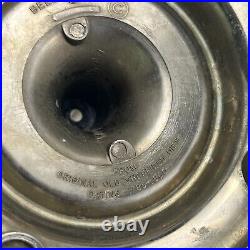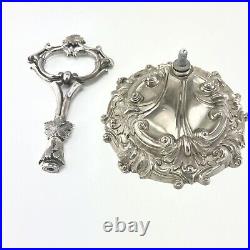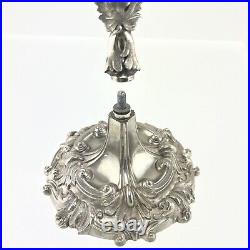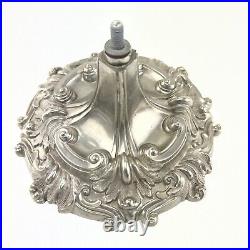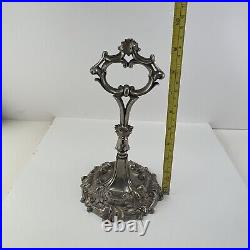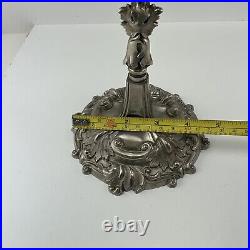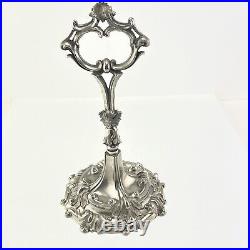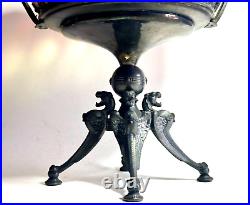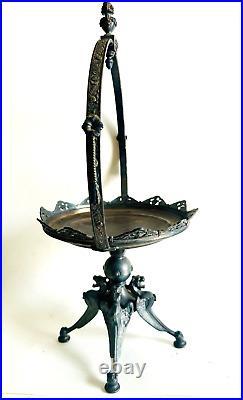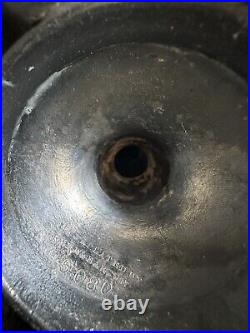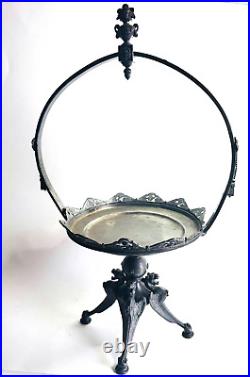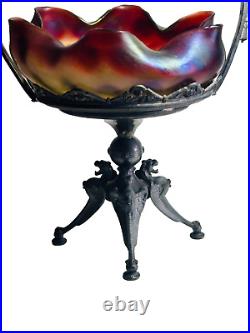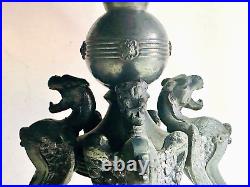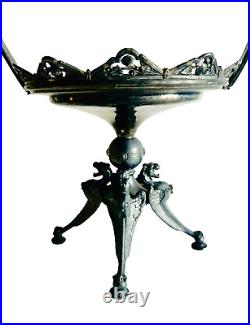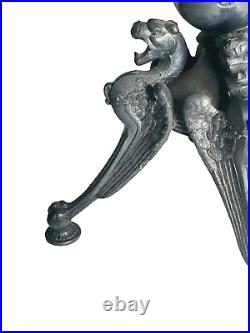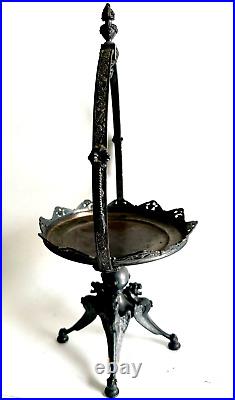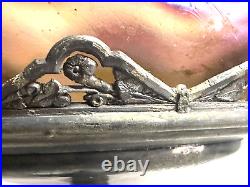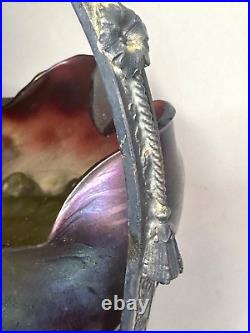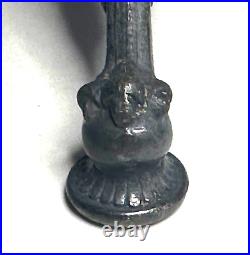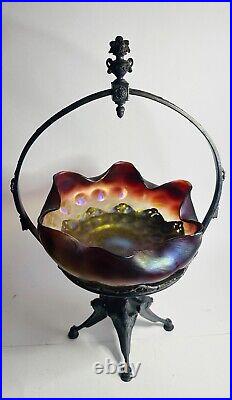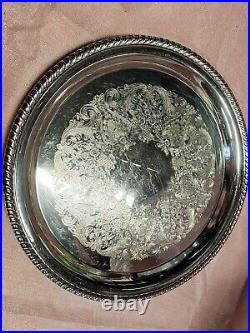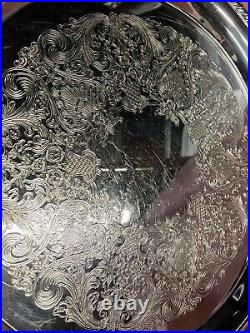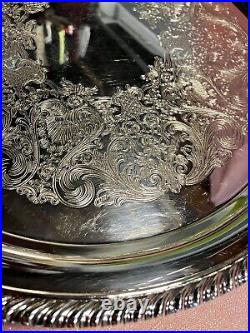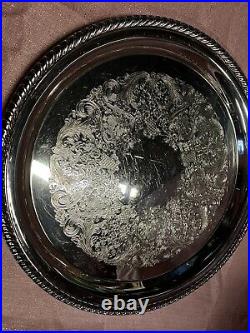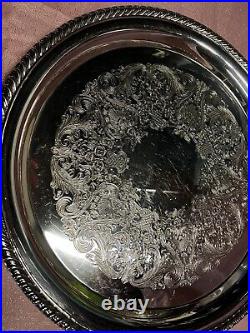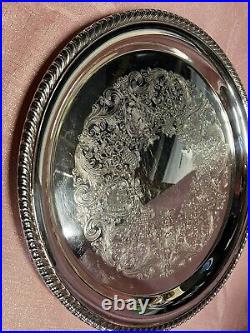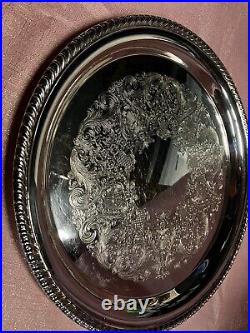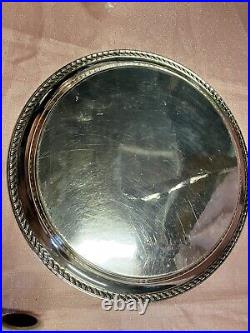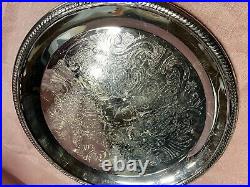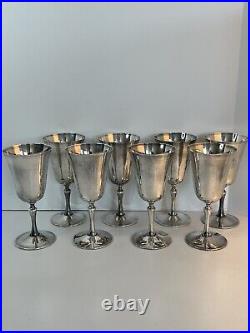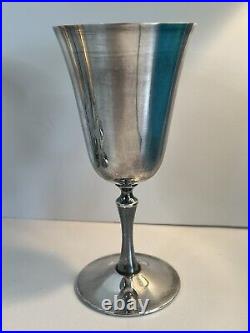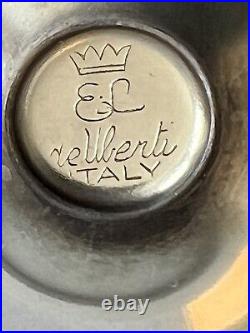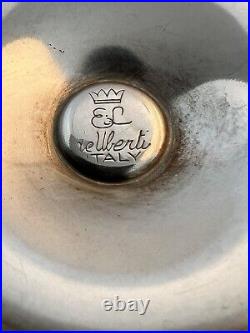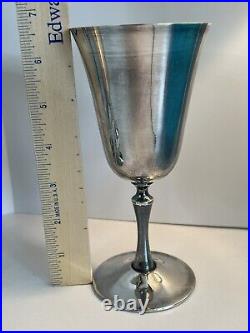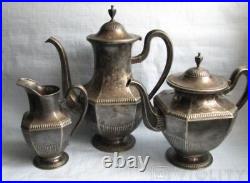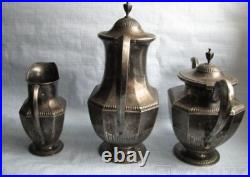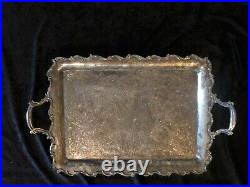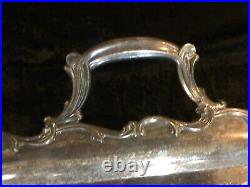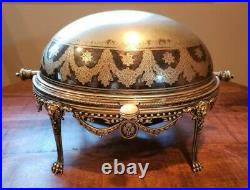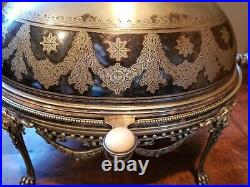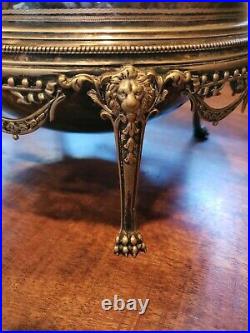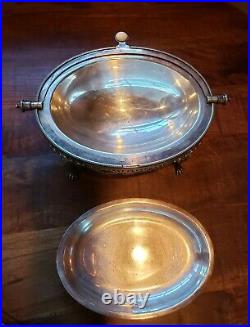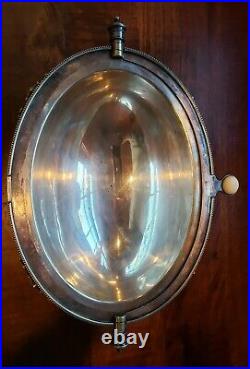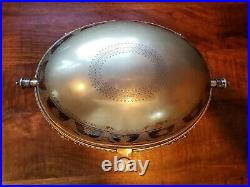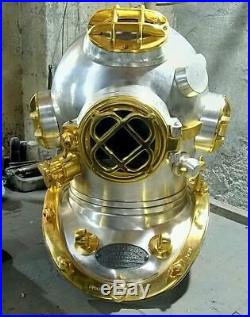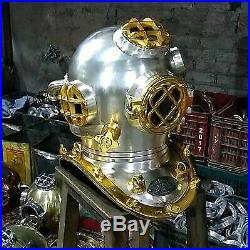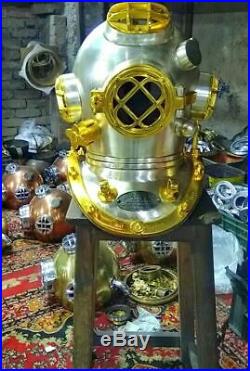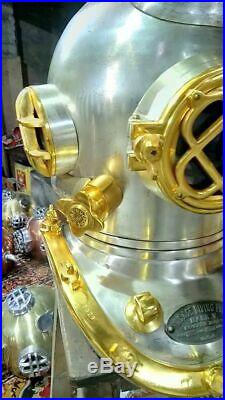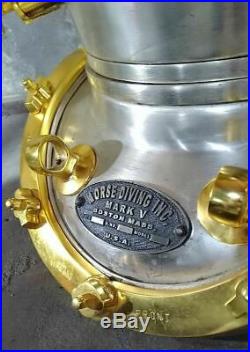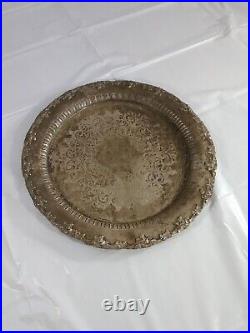
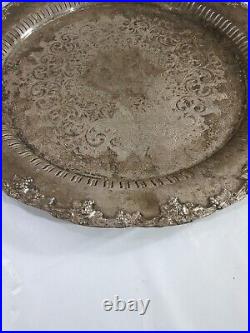
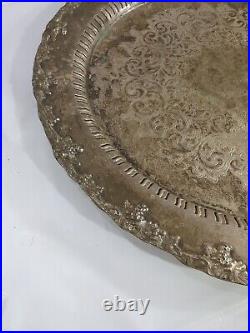
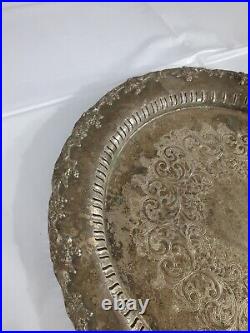
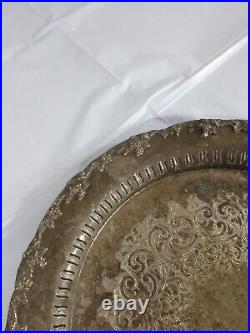
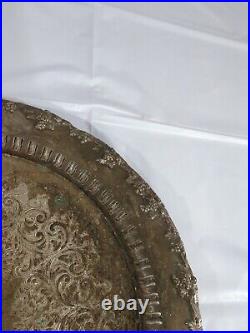
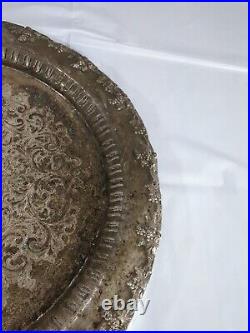
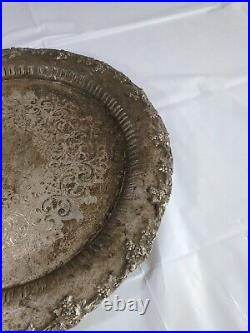
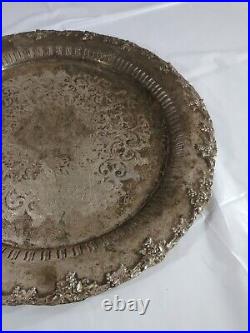
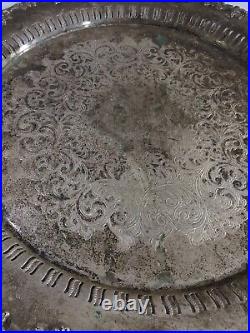
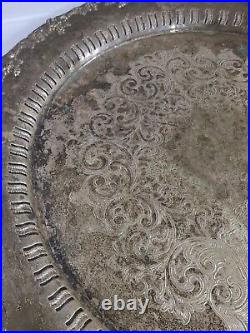
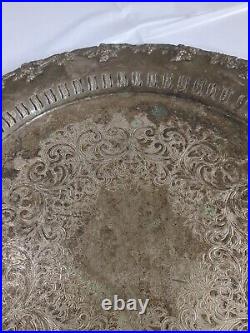
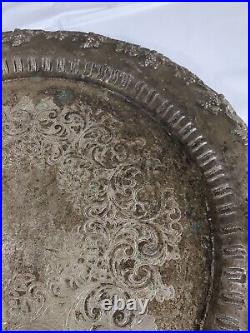
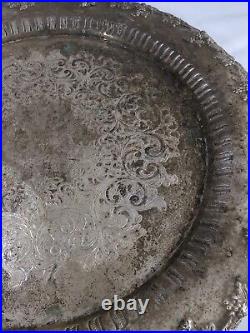
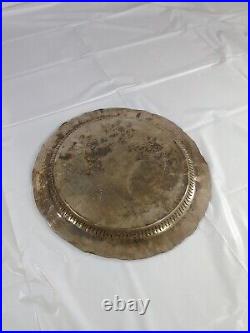

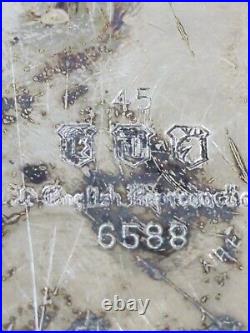
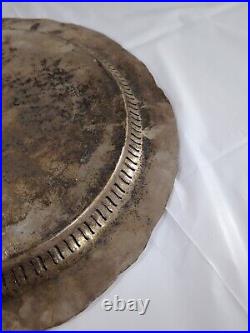
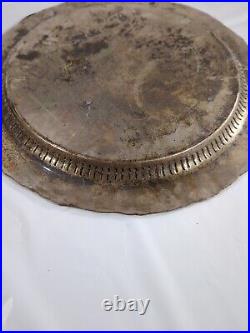
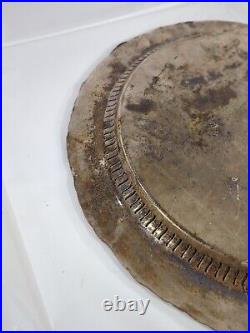
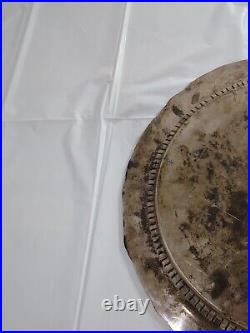
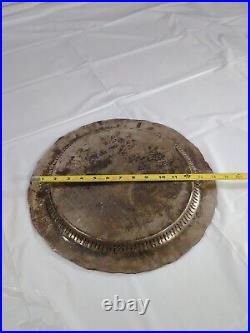
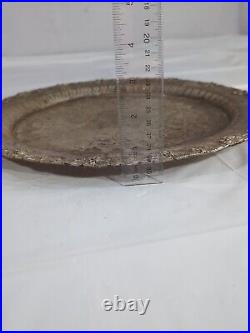


I personally found some of the markings but even silver forums online have difficulty pinning this down, but I’m ignorant and trust my online expert more. All collectibles, fragiles, and valuables are insured with signature required when the final sale price makes it make sense. Make an Offer: My auto accept minimum gets as low as 90% off listing price. What I generally do is find the most similar, highest priced item I can find anywhere online and set the collectible’s BIN price near that. Then, I look for another similar item that sets the floor for a pricing estimate and that number becomes the minimum offer I’m willing to entertain. Yes, my BIN prices are high on hard to find collectibles, but my auto-accept minimum is frequently much lower, so make an offer and let’s make a deal! Please message me prior. For most listings (fragile collectibles), I’m adding 2 inches to each dimension and 2 pounds to the weight of the item in order to account for protective packaging. Item Condition and Description: Please use photos to make your own determination about item condition or authenticity; I pay for appraisals online and will post 3rd party expert appraiser info when I have it. Message Me: Feel free to reach out any time with any questions; I can usually respond almost immediately. Antique Chinese Porcelain Bowl Inscriptions Markings. Creative Commons Licensing allows the following Wikipedia on Antiques to be pasted below. An antique (Latin: antiquus;’old’,’ancient’) is an item perceived as having value because of its aesthetic or historical significance, and often defined as at least 100 years old (or some other limit), although the term is often used loosely to describe any object that is old. [1] An antique is usually an item that is collected or desirable because of its age, beauty, rarity, condition, utility, personal emotional connection, and/or other unique features. It is an object that represents a previous era or time period in human history. Vintage and collectible are used to describe items that are old, but do not meet the 100-year criterion. Antiques are usually objects of the decorative arts that show some degree of craftsmanship, collectability, or an attention to design, such as a desk or an early automobile. Antiques dealers often belong to national trade associations, many of which belong to CINOA, a confederation of art and antique associations across 21 countries that represents 5,000 dealers. The common definition of antique is a collectible object such as a piece of furniture or work of art that has an enhanced value because of its considerable age, but it varies depending on the item, its source, the year of its creation etc. The customary definition of antique requires that an item should be at least 100 years old and in original condition[citation needed]. Motor vehicles are an exception to this rule, with some definitions requiring an automobile to be as little as 25 years old to qualify as an antique. In the United States, the 1930 Smoot-Hawley Tariff Act defined antiques as, … Works of art (except rugs and carpets made after the year 1700), collections in illustration of the progress of the arts, works in bronze, marble, terra cotta, parian, pottery, or porcelain, artistic antiquities and objects of ornamental character or educational value which shall have been produced prior to the year 1830. [citation needed] 1830 was the approximate beginning of mass production in the United States. These definitions were intended to allow people of that time to distinguish between genuine antique pieces, vintage items, and collectible objects. In 1979, the British art critic Edward Lucie-Smith wrote that Antique-dealers… Sometimes insist that nothing is antique which was made after 1830, although the barrier has been broken down in recent years by the enthusiasm of collectors for Art Nouveau and Art Deco. The alternative term, antiquities, commonly refers to the remains of ancient art and everyday items from antiquity, which themselves are often archaeological artifacts. An antiquarian is a person who collects and studies antiquities or things of the past. Traditionally, Chinese antiques are marked by a red seal, known as a’chop’, placed there by an owner. Experts can identify previous owners of an antique by reading the chops. The pre-revolution Chinese government[clarification needed] tried to assist collectors of Chinese antiques by requiring their Department of Antiquities to provide a governmental chop on the bottom of a Chinese antique. This chop is visible as a piece of red sealing wax that bears the government chop to verify the date of the antique. The government of the People’s Republic of China has its own definitions of what it considers antique. As of the Cultural Revolution and China’s opening trade to other countries, the government has tried to protect the definition of a Chinese antique. For the decorative arts technique, see Distressing. Antiquing is the act of shopping, identifying, negotiating, or bargaining for antiques. Antique items for sale at a roadside shop in Kolkata, India. Note that antiquing also means the craft of making an object appear antique through distressing or using the antique-looking paint applications. Often, individuals get confused between these handmade distressed vintage or modern items and true antiques. Furniture antiques from the Chinese Liao dynasty. Main article: Antique furniture. Antique furniture is a popular area of antiques because furniture has obvious practical uses as well as collector value. Many collectors use antique furniture pieces in their homes, and care for them with the hope that the value of these items will remain same or appreciate. Antique furniture includes dining tables, chairs, bureaus, chests etc. The most common woods are mahogany, oak, pine, walnut, and rosewood. Chinese antique furniture is often made with elm, a wood common to many regions in Asia. Each wood has a distinctive grain and color. Many modern pieces of furniture use laminate or wood veneer to achieve the same effect. There are a number of different styles of antique furniture depending on when and where it was made. Some examples of stylistic periods are: Arts & Crafts, Georgian, Regency, and Victorian. An important part of some antique furniture is its hardware fittings, the style of which varies from one period to another. For example, Victorian era hardware is different from other period hardware and is perceived to be aesthetically defined; this is the reason for its popularity. Antiquarian book trade in the United States. Del Mar Antique Show. Dolly Johnson Antique and Art Show. List of antiques experts. Primitive decorating, a style of decorating using antiques. The San Francisco Fall Antiques Show. Archived from the original on 17 August 2017. Retrieved 6 May 2018. The difference between antique, vintage, and collectible item. Archived from the original on 22 December 2017. “About: A concise history of AACA in the beginning”. Antique Automobile Club of America. Retrieved 15 June 2014. Lucie-Smith, Edward, A Concise History of Furniture, p. 13, 1979, Thames & Hudson, World of Art series. Decorative Hardware of the Victorian Era – An American Perspective, DHI Magazine, 11 September 2021. Look up antique in Wiktionary, the free dictionary. Authority control Edit this at Wikidata. This page was last edited on 16 January 2023, at 00:41 (UTC). Text is available under the Creative Commons Attribution-ShareAlike License 3.0; additional terms may apply. By using this site, you agree to the Terms of Use and Privacy Policy. Privacy policyAbout WikipediaDisclaimersContact WikipediaMobile viewDevelopersStatisticsCookie statementWikimedia FoundationPowered by MediaWikiToggle limited content width. This item is in the category “Antiques\Silver\Silverplate\Platters & Trays”. The seller is “coolcollectiblekings” and is located in this country: US. This item can be shipped worldwide.

